Bosnia year 2005 – Ethnology / Folk Instruments MNH
Bosnia and Herzegovina has a rich ethnological and folk music tradition, reflecting its diverse cultural heritage. The country’s music is influenced by various ethnic groups, including Bosniaks, Serbs, Croats, and others.
Folk instruments play a significant role in Bosnian traditional music, contributing to its unique sound. Some of the prominent folk instruments in Bosnia and Herzegovina include:
- Saz (Šargija): The saz is a long-necked lute with a pear-shaped body, similar to other lutes found in the Balkans and Middle East. It is commonly used in traditional Bosnian music, particularly in sevdalinka, a traditional genre of Bosnian love songs.
- Gusle: The gusle is a single-stringed instrument played with a bow. It is often associated with epic poetry performances known as “gusle playing” or “gusle singing.” The instrument is integral to the preservation of Bosnian epic poetry and storytelling traditions.
- Tamburica: The tamburica is a family of stringed instruments similar to the mandolin or guitar. It is widely used in folk music across the Balkans, including Bosnia and Herzegovina. Different types of tamburicas include the prim, basprim, brac, and bugarija, each with its own distinctive sound and role in the ensemble.
- Zurla and Tapan: The zurla is a traditional woodwind instrument, similar to a shawm, played alongside the tapan, a large double-headed drum. Together, they form a popular combination in traditional Bosnian folk music, especially in rural areas and during festive occasions.
- Davul: The davul is a large drum with a deep, resonant sound. It is often played alongside other instruments in traditional Bosnian folk ensembles, adding rhythm and dynamics to the music.


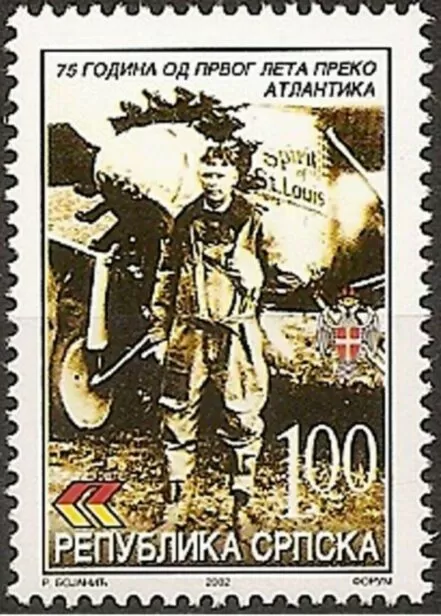
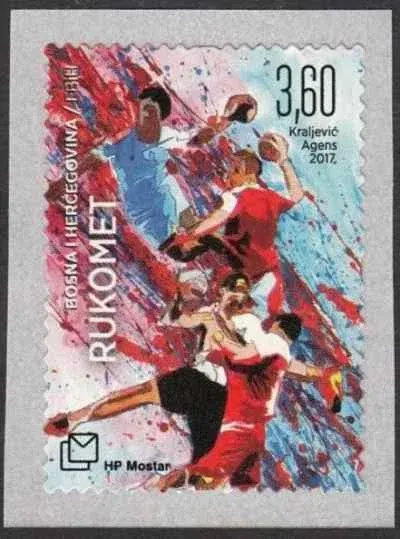

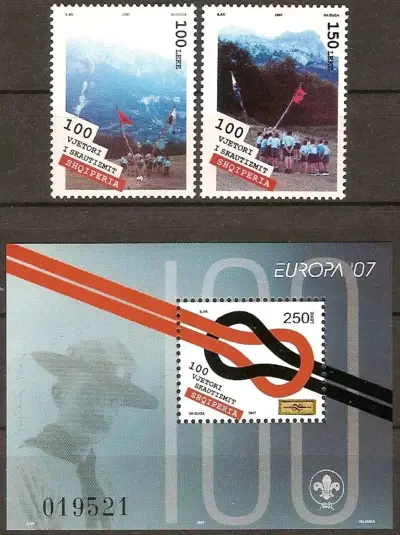
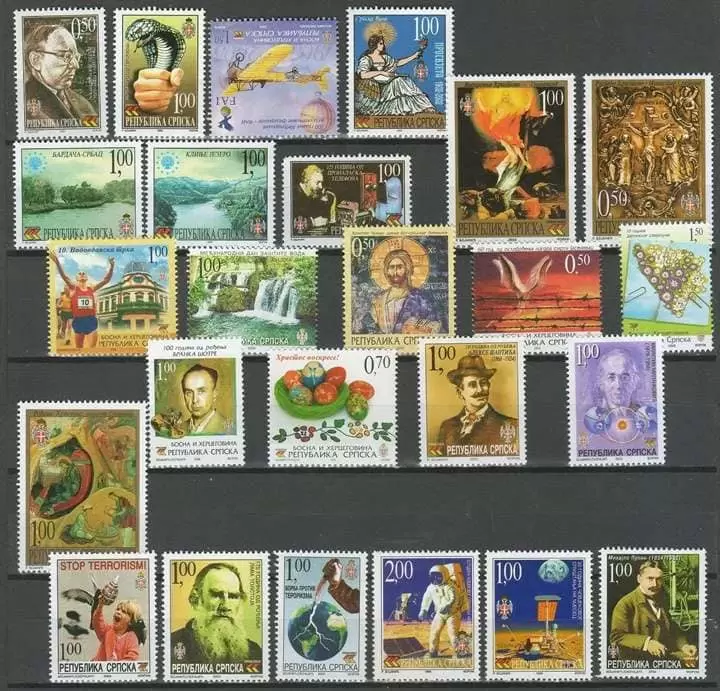
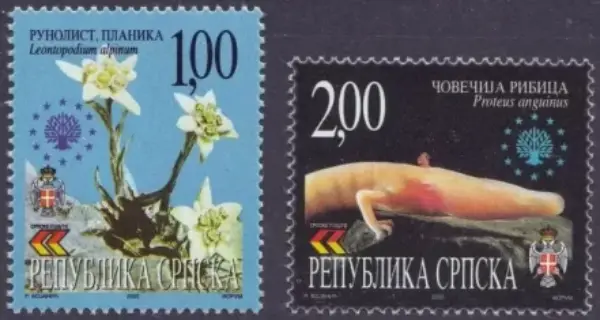
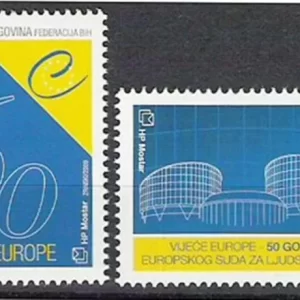
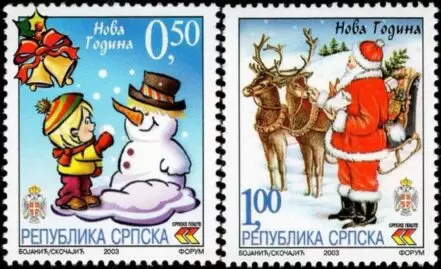
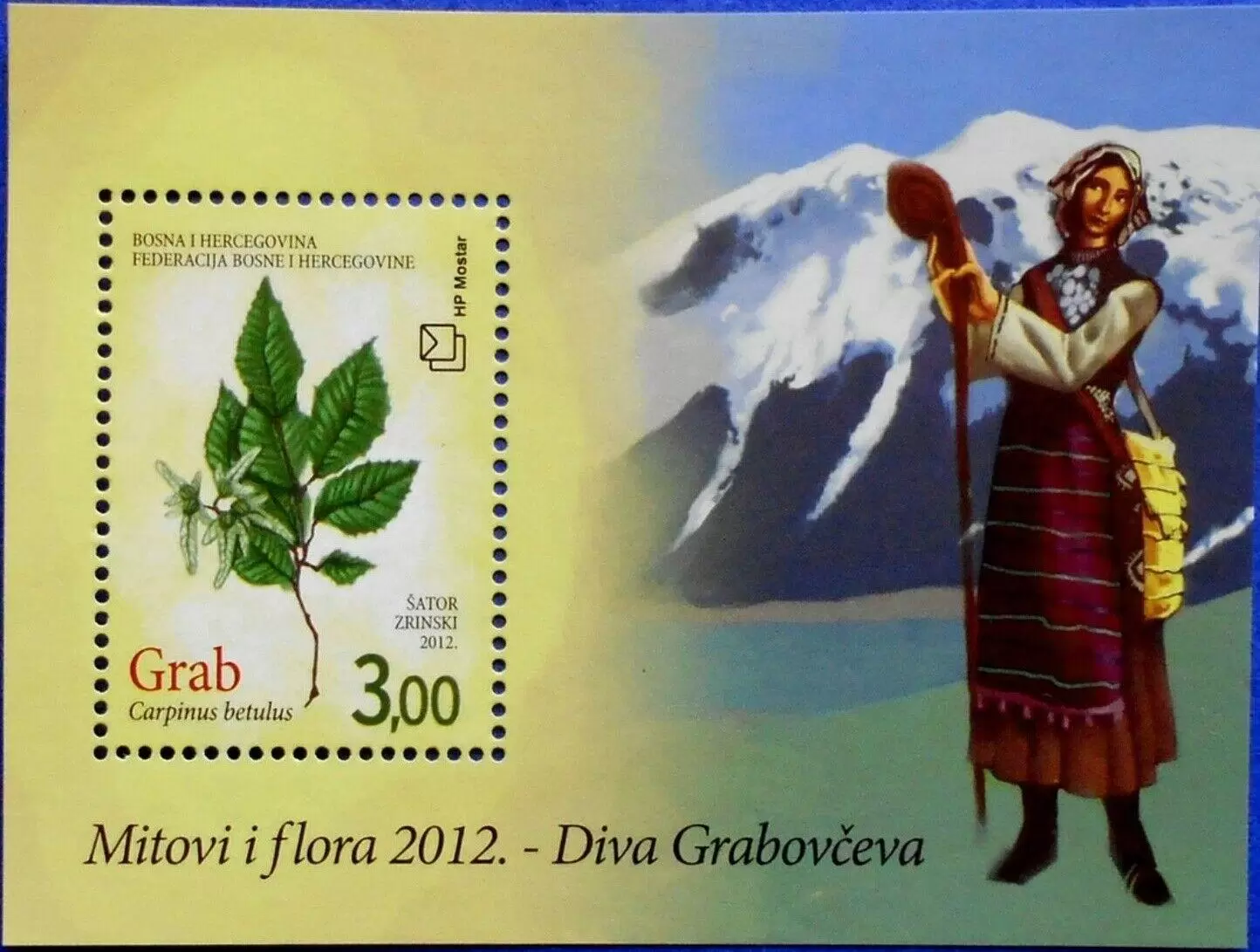
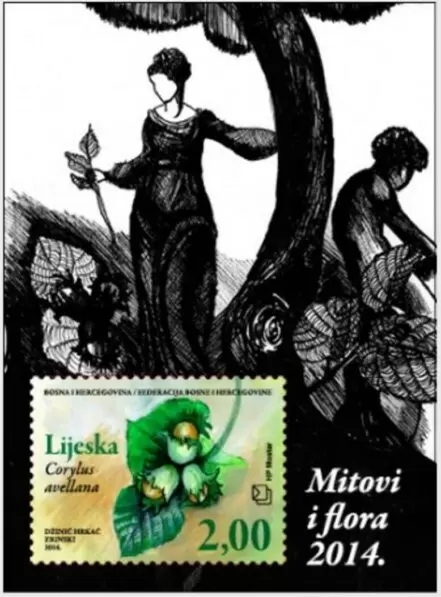
Reviews
There are no reviews yet.